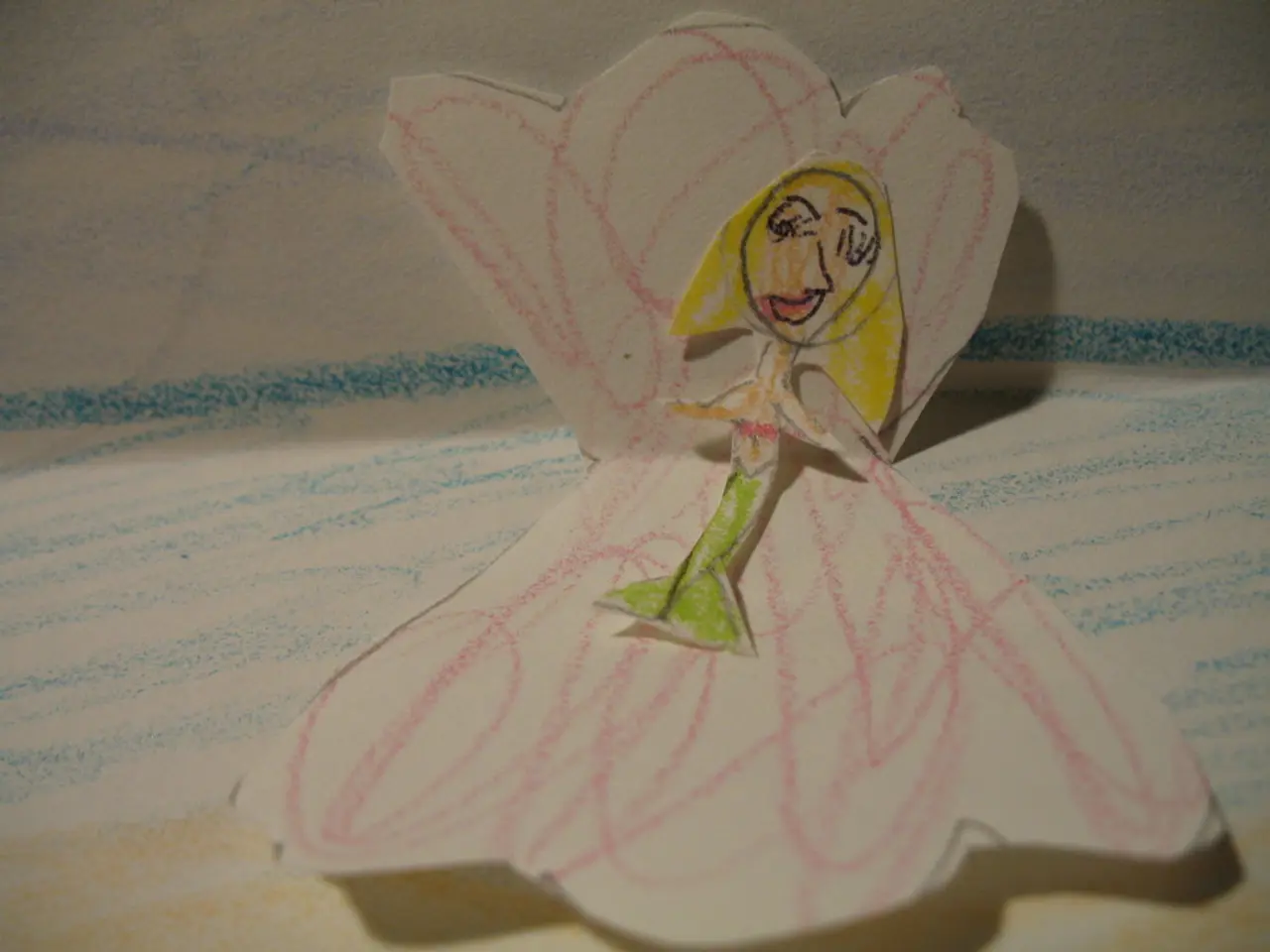Guide for Crafting Digital Artwork in the Metaverse Realm
The Metaverse, a collective virtual shared space, is transforming the art world by offering new opportunities to create, explore, and experiment. One of the most exciting aspects of this digital realm is the ability to create virtual art, which exists within a virtual space and can include 3D models, animations, audio, video, and interactive elements.
Here's a step-by-step guide on how to create virtual art in the Metaverse:
## Tools for Creating Virtual Art
1. Unreal Engine 5: Known for its advanced features like dynamic lighting and physics, Unreal Engine 5 is ideal for creating highly detailed and interactive worlds.
2. Blender: A free and open-source software, Blender is great for 3D modeling, sculpting, and animation, making it a popular choice among artists in the Metaverse.
3. VIVERSE: This platform allows users to create immersive 3D experiences without needing extensive coding knowledge. It supports importing 3D models and offers AI-assisted creation tools.
4. Ready Player Me: Primarily an avatar creator, this tool also helps build characters that can move seamlessly across different digital environments, enhancing user identity and self-expression in the Metaverse.
5. Tilt Brush, Oculus Medium: These tools are specifically designed for VR art, allowing artists to create directly in virtual space with brushes and sculpting tools.
## Steps to Create Virtual Art
### Step 1: Conceptualize Your Project - Define Your Theme: Decide on the theme or concept of your virtual art piece. This could range from a digital gallery to an immersive interactive experience. - Sketch Out Ideas: Use traditional or digital drawing tools to sketch out your concept. This helps visualize the final product.
### Step 2: Choose Your Tools - Select Software: Based on your concept, choose the most suitable software. For example, Unreal Engine for detailed worlds or Blender for 3D modeling. - Explore Platforms: Consider platforms like VIVERSE for easy web-based creation or Ready Player Me for avatar integration.
### Step 3: Design and Build Your Art - Model and Sculpt: Use Blender or similar tools to create 3D models and sculptures. For more detailed environments, use Unreal Engine. - Add Interactivity: Use tools like Unreal Engine to add dynamic elements and interactions to your art.
### Step 4: Import and Customize - Import 3D Models: Use tools like VIVERSE to import your 3D models into your virtual environment. - Customize and Enhance: Add textures, lighting, and effects to enhance the visual appeal of your art.
### Step 5: Publish and Share - Publish Your World: Use platforms like VIVERSE to publish your world and share it across various devices. - Invite Feedback: Share your art with friends and communities to gather feedback and improve future projects.
## Hybrid Art and Future Trends
- Integrate with AI and AR: Consider integrating AI-generated content or AR overlays to extend your art beyond the virtual space. - Experiment with New Tools: Stay updated with the latest tools and technologies that are pushing the boundaries of what's possible in the Metaverse.
Virtual artwork is often sold at a lower price than traditional artwork, and different media are used in traditional art compared to virtual art, with traditional mediums like oils and watercolors being replaced by digital technologies like 3D printing, motion capture, and artificial intelligence.
Unreal Engine is used to create interactive elements and realistic visuals in virtual art projects, while Autodesk Maya is used for creating digital models, artwork, and animations. It is possible to create a Metaverse NFT art gallery and sell digital art on platforms such as Decentraland, SuperRare, and Makersplace.
Adobe Photoshop is used to create and edit images for use in the Metaverse digital world, and augmented reality (AR) art can be experienced by users on their devices while they explore the virtual world. Nonfungible tokens (NFTs) are digital assets that can be owned and traded, and are becoming increasingly popular in the world of virtual art.
Virtual artwork can be experienced across many different platforms, making it accessible to anyone with internet access. With the right tools and a creative mind, the possibilities are endless in the Metaverse art world.
- In the Metaverse, artists can use tools like Unreal Engine 5, known for its dynamic lighting and physics, to create highly interactive virtual art that incorporates smartphones, gadgets, and data-and-cloud-computing technologies.
- Beyond traditional art mediums, virtual art can leverage artificial intelligence and augmented reality, enhancing it with AI-generated content or AR overlays, much like the integration of AI and AR in everyday lifestyle.
- To create virtual art that-engages with the latest technological advancements-artists can explore platforms like VIVERSE, which supports AI-assisted creation tools and allows users to create immersive 3D experiences, reflecting the ever-evolving influence of technology on our lives.




